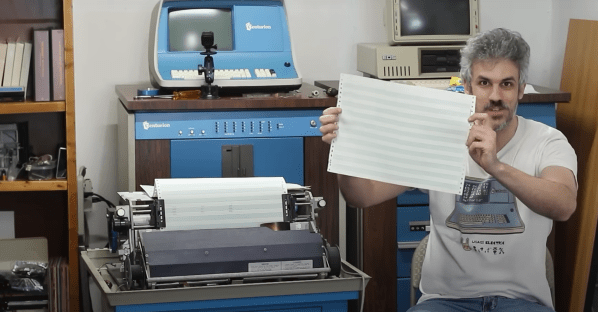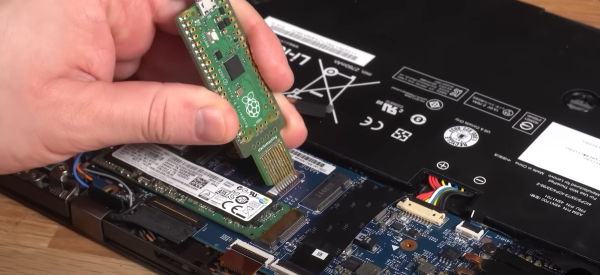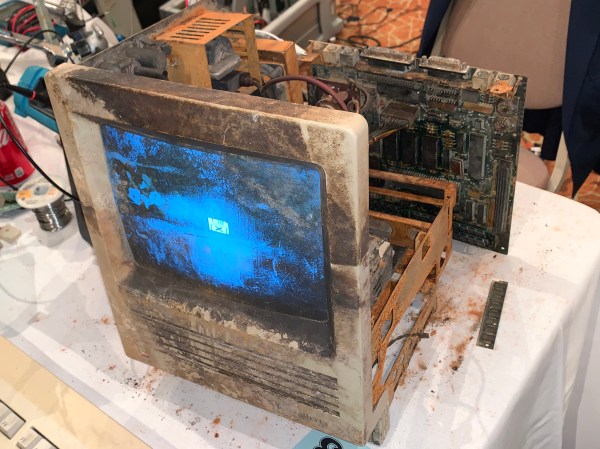[Usagi Electric] is breathtakingly close to having his Bendix G15 vacuum tube computer up and running. This week he is joined by a new friend, [Lloyd] who is restoring a G15 as well. [Lloyd] used to repair the Bendix Computers back in the 1970s, so he’s privy to lots of practical knowledge you can’t find in the manuals.
The goal this week was to apply DC power to the G15. The AC power spins the fans and makes the tubes start glowing. But DC makes the magic happen. That’s when the boot sequencers start running, sending data to the drum, testing various parts of the machine, and finally, loading software from the paper tape reader.
Since this was a computer from the 1950’s, powering up DC might work, or could let the magic smoke out. The only way to find out was to push the big green “Reset” button.
The first attempt was stymied by a blown fuse. The second attempt resulted in real live blinkenlights. The data and status lights on the Bendix lit up for the first time in decades. The only thing missing was the sound of the tape drive. A bit of digging proved that the problem wasn’t in the computer, but in the typewriter user console. The typewriter is supposed to connect the SA line to the -20 volt DC rail. That wasn’t happening though. Since that expected voltage wasn’t present on the SA line at the Bendinx, the boot process halted.
Unfortunately, the typewriter has “somebody’s been here before” syndrome – in addition to age, there are a number of odd modifications. It’s going to take [Usagi] a bit of time to dig into it and figure out what’s wrong.
The good news is that the computer is using its massive spinning drum drive. [Usagi] was able to verify this with the test panel inside the machine. One button will write a pulse to the drum, and another will erase it. Manipulating these buttons, [Usagi] could see the results on an oscilloscope. This may sound simple – but just getting to this point means an incredibly complex chain of tube, relay, and mechanical logic has to work. Bravo [Dave] and [Lloyd]!
Continue reading “[Usagi Electric’s] Bendix G15 Gets DC Power”

















